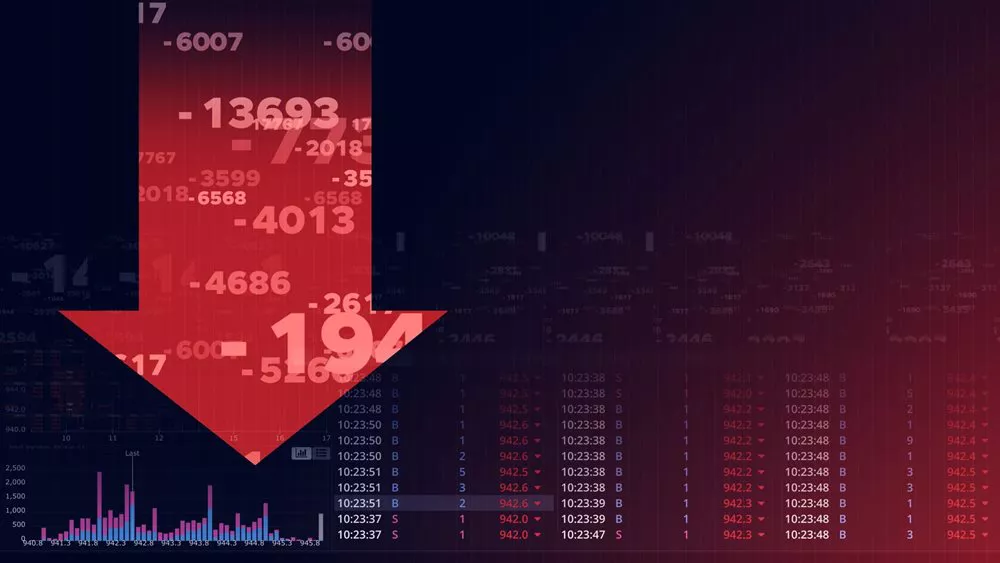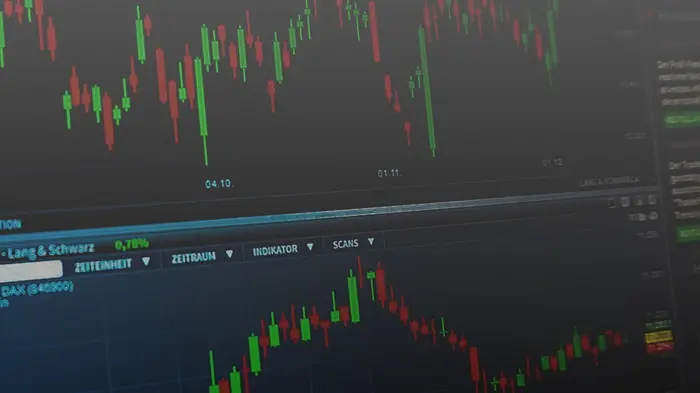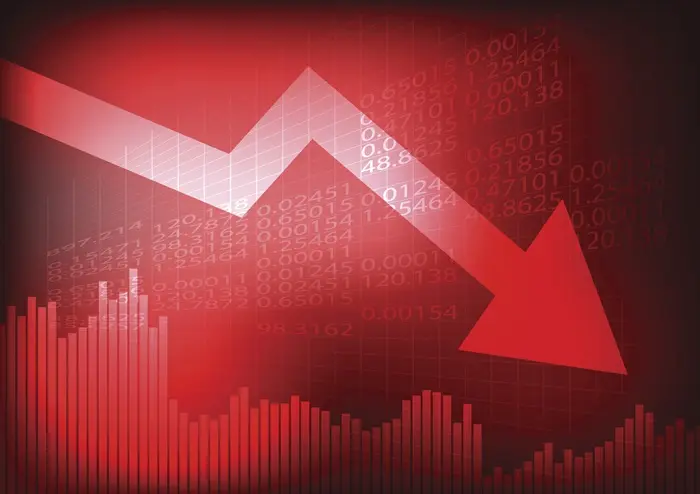Physical damage insurance is a specialized type of insurance designed to protect against financial losses due to damage to physical assets. This type of insurance is commonly used for vehicles, property, and equipment. Understanding what physical damage insurance covers can help individuals and businesses make informed decisions about their coverage needs. This article will explore the various aspects of physical damage insurance, the types of coverage available, and how to determine the right policy for your needs.
Understanding Physical Damage Insurance
Physical damage insurance provides coverage for the repair or replacement of physical assets that are damaged due to various perils. It is commonly used for vehicles, such as cars, trucks, and motorcycles, but can also apply to other types of property, including buildings, equipment, and machinery. Physical damage insurance typically includes two main types of coverage: collision and comprehensive.
Key Features of Physical Damage Insurance
Collision Coverage: Covers damage to your vehicle or property resulting from a collision with another object or vehicle.
Comprehensive Coverage: Covers damage to your vehicle or property resulting from non-collision events, such as theft, vandalism, and natural disasters.
Repair or Replacement: Provides funds for the repair or replacement of damaged assets.
Deductibles: Requires payment of a deductible before coverage kicks in.
Types of Physical Damage Insurance Coverage
Physical damage insurance policies typically offer several types of coverage to address different risks and needs. Here are the main types of coverage available:
Collision Coverage
Collision coverage provides protection for damage to your vehicle or property resulting from a collision with another object or vehicle. This coverage is essential for covering repair or replacement costs after an accident.
Covered Perils:
Vehicle Collisions: Damage caused by collisions with other vehicles.
Object Collisions: Damage caused by collisions with objects such as trees, poles, or fences.
Rollovers: Damage caused by vehicle rollovers.
Comprehensive Coverage
Comprehensive coverage provides protection for damage to your vehicle or property resulting from non-collision events. This coverage is essential for covering a wide range of risks that are not related to collisions.
Covered Perils:
Theft: Damage or loss due to theft.
Vandalism: Damage caused by vandalism.
Natural Disasters: Damage caused by natural disasters such as floods, hurricanes, and earthquakes.
Fire: Damage caused by fire.
Falling Objects: Damage caused by falling objects, such as tree branches or hail.
Specified Perils Coverage
Specified perils coverage provides protection for damage to your vehicle or property resulting from specific perils listed in the policy. This coverage is more limited than comprehensive coverage but can be tailored to specific risks.
Covered Perils:
Fire: Damage caused by fire.
Theft: Damage or loss due to theft.
Vandalism: Damage caused by vandalism.
Natural Disasters: Damage caused by specified natural disasters.
All-Risk Coverage
All-risk coverage, also known as open peril coverage, provides protection for damage to your vehicle or property resulting from any peril not explicitly excluded in the policy. This coverage is the most comprehensive and offers the broadest protection.
Covered Perils:
All Perils: Covers all perils except those explicitly excluded in the policy.
Exclusions: Common exclusions may include wear and tear, mechanical breakdown, and intentional damage.
What Does Physical Damage Insurance Cover?
Physical damage insurance provides coverage for a wide range of risks associated with damage to physical assets. Here are the main types of coverage provided by physical damage insurance:
Vehicle Damage
Physical damage insurance covers damage to vehicles, including cars, trucks, motorcycles, and other types of vehicles. This coverage is essential for covering repair or replacement costs after an accident or other damaging event.
Coverage Includes:
Collision Damage: Covers damage resulting from collisions with other vehicles or objects.
Comprehensive Damage: Covers damage resulting from non-collision events such as theft, vandalism, and natural disasters.
Repair or Replacement: Provides funds for the repair or replacement of damaged vehicles.
Property Damage
Physical damage insurance covers damage to property, including buildings, equipment, and machinery. This coverage is essential for covering repair or replacement costs after a damaging event.
Coverage Includes:
Building Damage: Covers damage to buildings resulting from fire, natural disasters, and other perils.
Equipment Damage: Covers damage to equipment and machinery resulting from accidents, theft, and other perils.
Repair or Replacement: Provides funds for the repair or replacement of damaged property.
Personal Belongings
Physical damage insurance can also cover damage to personal belongings, such as furniture, electronics, and other items. This coverage is essential for covering repair or replacement costs after a damaging event.
Coverage Includes:
Furniture Damage: Covers damage to furniture resulting from fire, theft, and other perils.
Electronics Damage: Covers damage to electronics resulting from accidents, theft, and other perils.
Repair or Replacement: Provides funds for the repair or replacement of damaged personal belongings.
Additional Coverage Options
Physical damage insurance policies may offer additional coverage options to address specific risks and needs. Here are some common additional coverage options:
Rental Reimbursement
Rental reimbursement coverage provides funds for renting a vehicle while your vehicle is being repaired or replaced after a covered event. This coverage is essential for maintaining mobility during the repair process.
Towing and Labor
Towing and labor coverage provides funds for towing and labor costs if your vehicle breaks down or is involved in an accident. This coverage is essential for covering unexpected expenses related to vehicle breakdowns.
Gap Insurance
Gap insurance provides coverage for the difference between the actual cash value of your vehicle and the amount you owe on your loan or lease if your vehicle is totaled. This coverage is essential for protecting against financial loss in the event of a total loss.
Factors Influencing the Cost of Physical Damage Insurance
The cost of physical damage insurance can vary widely depending on several factors. Understanding these factors can help you estimate the cost and choose the right policy for your needs.
Type of Asset
The type of asset being insured can significantly impact the cost of physical damage insurance. Different types of assets have different risks and coverage needs.
Factors to Consider:
Vehicles: Cars, trucks, motorcycles, and other vehicles have different risks and premiums.
Property: Buildings, equipment, and machinery have different risks and premiums.
Personal Belongings: Furniture, electronics, and other personal belongings have different risks and premiums.
Value of the Asset
The value of the asset being insured can impact the cost of physical damage insurance. Higher-value assets typically have higher premiums due to the increased cost of repair or replacement.
Factors to Consider:
Vehicle Value: The market value of the vehicle.
Property Value: The replacement cost of the property.
Personal Belongings Value: The replacement cost of personal belongings.
Coverage Limits and Deductibles
The coverage limits and deductibles you choose can impact the cost of physical damage insurance. Higher coverage limits and lower deductibles typically result in higher premiums.
Factors to Consider:
Coverage Limits: Higher coverage limits provide more protection but increase premiums.
Deductibles: Lower deductibles reduce out-of-pocket costs but increase premiums.
Location of the Asset
The location of the asset can impact the cost of physical damage insurance. Factors such as local crime rates, natural disaster risks, and proximity to emergency services can influence premiums.
Factors to Consider:
Crime Rates: Higher crime rates increase the risk of theft and vandalism, resulting in higher premiums.
Natural Disaster Risks: Higher risk of natural disasters increases the cost of property insurance.
Proximity to Emergency Services: Assets located near fire stations and hospitals may have lower premiums due to reduced risk.
Claims History
Your claims history can impact the cost of physical damage insurance. A history of frequent or large claims can result in higher premiums.
Factors to Consider:
Frequency of Claims: Frequent claims increase the perceived risk and result in higher premiums.
Severity of Claims: Large claims increase the perceived risk and result in higher premiums.
Estimating the Cost of Physical Damage Insurance
To give you a better idea of the cost, let’s look at some average premium estimates for physical damage insurance. Keep in mind that these are general estimates, and actual premiums can vary based on the factors mentioned above.
Vehicle Insurance
For a car with a market value of 20,000,collisioncoveragewitha500 deductible, and comprehensive coverage with a 500deductible,theaverageannualpremiummightrangefrom500 to $1,500.
Coverage Breakdown:
Collision Coverage: 300−800
Comprehensive Coverage: 200−700
Property Insurance
For a building with a replacement cost of 500,000,specifiedperilscoveragewitha1,000 deductible, the average annual premium might range from 1,000to3,000.
Coverage Breakdown:
Building Coverage: 800−2,500
Equipment Coverage: 200−500
Personal Belongings Insurance
For personal belongings with a replacement cost of 50,000,all−riskcoveragewitha500 deductible, the average annual premium might range from 200to600.
Coverage Breakdown:
Furniture Coverage: 100−300
Electronics Coverage: 100−300
How to Choose the Right Physical Damage Insurance Policy
Choosing the right physical damage insurance policy requires careful consideration of your specific needs, risks, and budget. Here are some steps to help you make an informed decision:
Assess Your Risks
Identify the specific risks associated with your assets. Consider factors such as:
Type of Asset: Different types of assets have different risks and coverage needs.
Value of the Asset: Higher-value assets typically have higher risks and premiums.
Location of the Asset: The location of the asset can impact the risk of theft, natural disasters, and other perils.
Evaluate Your Coverage Needs
Based on your risk assessment, determine the types of coverage you need. Consider:
Collision Coverage: Ensure you have coverage for damage resulting from collisions.
Comprehensive Coverage: Ensure you have coverage for damage resulting from non-collision events.
Specified Perils Coverage: Consider the need for coverage for specific perils.
All-Risk Coverage: Consider the need for comprehensive coverage for all perils not explicitly excluded.
Compare Policies and Providers
Take the time to compare different physical damage insurance policies and providers. Look for:
Coverage Options: Ensure the policy offers the types of coverage you need.
Premiums: Compare the cost of premiums relative to the coverage provided.
Policy Limits: Understand the limits of coverage and ensure they meet your needs.
Exclusions and Limitations: Review the policy details to understand what is and isn’t covered.
Provider Reputation: Choose a reputable provider with a strong financial standing and good customer service.
Consult with an Insurance Professional
An insurance professional can help you assess your risks, evaluate your coverage needs, and choose the right physical damage insurance policy. They can also provide guidance on how the policy fits into your overall financial plan.
Conclusion
Physical damage insurance provides valuable protection for individuals and businesses by covering the repair or replacement of physical assets damaged due to various perils. Understanding what physical damage insurance covers, the types of coverage available, and the factors that influence the cost can help you make informed decisions about your coverage needs. By assessing your risks, evaluating your coverage needs, comparing policies and providers, and consulting with an insurance professional, you can choose the right physical damage insurance policy to protect your assets. With the right coverage in place, you can have peace of mind knowing your physical assets are financially protected against the unexpected.
Related topics:




























